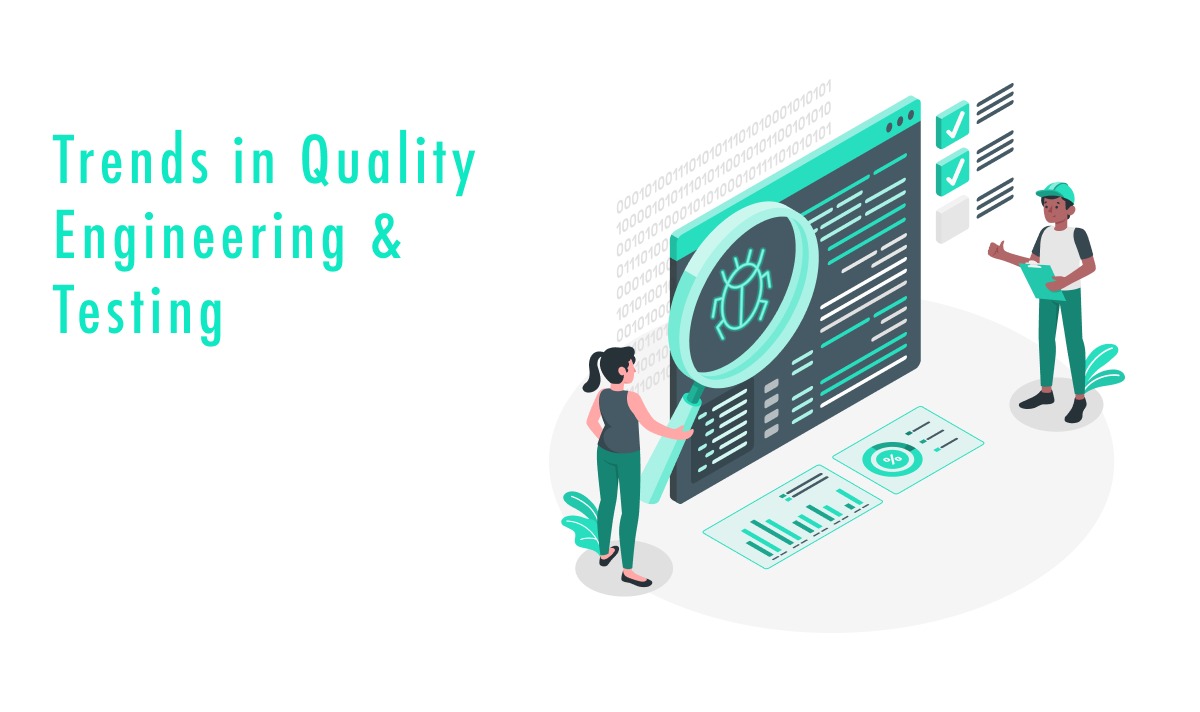The year 2023 has started with a flurry of activities, as teams are busy working on crucial deliverables and initiatives. However, the world is facing multiple challenges, including an unstable global economy, workforce shortages, supply chain deficits, and an ongoing war in Ukraine. To add to the mix, a game-changing AI (Artificial Intelligence) disrupter arrived in January, which has kept everyone on their toes.
Despite the seemingly insurmountable barriers and the fast-paced nature of everything, there is a glimmer of hope. There are several strategic focus areas for businesses this year, including optimization of teams and systems, scalability, sustainability, and resilience.
In light of these focus areas, we have pinpointed the top five trends that businesses should keep an eye on in 2023.
- Enhancing the customer experience
As digital and online interactions continue to grow, businesses face pressure to provide an exceptional customer experience across all devices and platforms. To meet this demand, companies will increasingly invest in solutions for customer experience management that personalize and improve interactions with customers in a scalable way. Improved customer experiences lead to greater customer loyalty, brand recognition, and trust.
In 2023, expect to see increased use of customer relationship management (CRM) systems, voice of customer (VoC) applications, social media management, and analytics management platforms and services that utilize AI and machine learning capabilities. By leveraging these tools, businesses can gain valuable insights into their customers’ needs, preferences, and pain points, and create more personalized and effective experiences that give them a competitive advantage. - Greater use of automation
As software delivery advances, automation has become a crucial component for successful delivery teams. It’s no longer just about automating tests; automation is integrated into the entire delivery process, adding multiple layers of automation to provide quality feedback throughout the delivery lifecycle, including in production. Test automation accelerates cycles, reduces testing efforts, and improves test case scenarios, leading to faster and more cost-effective delivery.
The latest automation trend is expanding beyond testing to include testing enablers and data generation, environment setup and configuration, and non-functional testing like performance, observability, and accessibility.
Moreover, automation is now seen as an essential tool to increase operational efficiency and reduce errors in all aspects of day-to-day functions. This has led to more organizations investing in automation technologies like RPA and BPA solutions to streamline operations and increase quality outcomes. Expect to see automation becoming more important to larger businesses, enabling them to re-focus their human capital on growth and innovation. - The Progression from Dev and TestOps to Platform Engineering
Agile delivery teams face the challenge of moving quickly while maintaining high levels of quality. To address this, Dev and TestOps have bridged the gap between delivery and IT operations, but teams have struggled to efficiently manage tooling, environments, and configurations that support their delivery pipelines without causing massive overhead.
The democratization of IT and recent advancements in virtualization and orchestration tooling have led to the emergence of platform engineering. This discipline treats development platforms as products and emphasizes self-service/on-demand delivery tooling and services. Platform engineering enables delivery teams to manage all aspects of their delivery pipelines without waiting on other teams or third-party support, streamlining internal technology operations and delivery support environments effectively.
Platform engineering includes managing cloud infrastructure, container orchestration, pipeline management, and monitoring/observability tooling and systems.
Advantages of adopting DevOps and TestOps:
DevOps enables teams to integrate and deploy software and application updates efficiently through continuous collaboration and delivery practices. TestOps, on the other hand, automates large-scale automation test suites, allowing teams to move quickly across different software and applications, resulting in faster delivery of value to customers. This approach provides a comprehensive solution for enhancing the speed, reliability, scalability, and resilience of applications at every stage of delivery.
As businesses strive to optimize their IT operations, we will see an increased focus on this evolving discipline and the associated tooling, positioning teams to keep up with the fast pace of business and prepare for the emergence of new capabilities. - The actual implementation of AI
The era of AI is here, and it is expected to have a significant impact on the way we conduct business and the world of testing and quality. AI-generated content, synthetic data advancements, and OpenAI’s ChatGPT are just a few examples of the development and excitement surrounding AI.
AI allows teams to conduct thousands of varied and large test cases with high accuracy, making it impossible to do manually, and reducing or eliminating the need for manual testing. It helps teams identify repetitive and time-consuming tasks, generate test cases and data, predict defects, optimize processes, monitoring, and more.
The successful businesses in this new era will be those that can understand the potential of this technology and find ways to incorporate it into their technology practice. It requires both organizational-level and individual contributor-level understanding and application of AI tooling and applications. - Depending on external expertise for specific tasks
Amidst the current economic downturn, companies are experiencing stricter budget constraints, and the ongoing competition for top talent is making it harder to attract and retain skilled professionals. Consequently, companies are grappling with shorter delivery timelines and insufficient resources to accomplish their objectives. Despite the increased layoffs in the industry, according to a report by NYTimes, “80% of laid-off tech workers will find a new job within three months.”
Thank you for reading. For continued insights and in-depth discussions, please follow our blogs at Ezeiatech.







